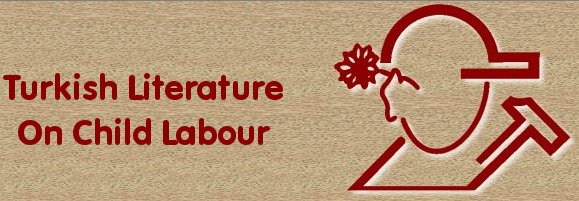Special Risk Factors on Children at Work
Title of the Study: Special Risk Factors on Children at Work
Type of the Study: Report-Research
Authors of the Study: Gürhan Fişek
Presentation,
Year/Place of Publication: 1995, Ankara
Language of the Study: English
Number of Pages: 46
Purpose: To explain urban and rural empolyment of children, to outline occupational safety and health conditions of children in manifacturing industry, construction and agriculture.
Content: Our research effort is composed of three main parts, the first of which comprises a retrospective evaluation of the situation. Basic data is derived from retrospective questions to present-day adult workers, in relation to the working conditions, etc., of their respective childhoods. The second group of enquiries, cross-section in nature, has been directed towards those workers who are, simultaneously, children and workers. Finally, the last group of enquiries takes the form of three seperate research efforts into working conditions in the threemajor sectors of the study, i.e., agriculture, construction, and the manifacturing industry.
Method: Retrospective questions approach is adopted.
Excerpt: Finally, efforts should be made to mobilise all means and opportunities to better existing conditions of workplace health and safety, and small-scale enterprises should be motivated (if necesssary, subsidised) to join in. (p.34)
Some Keywords: child workers, occupational safety and health, small and medium enterprises
